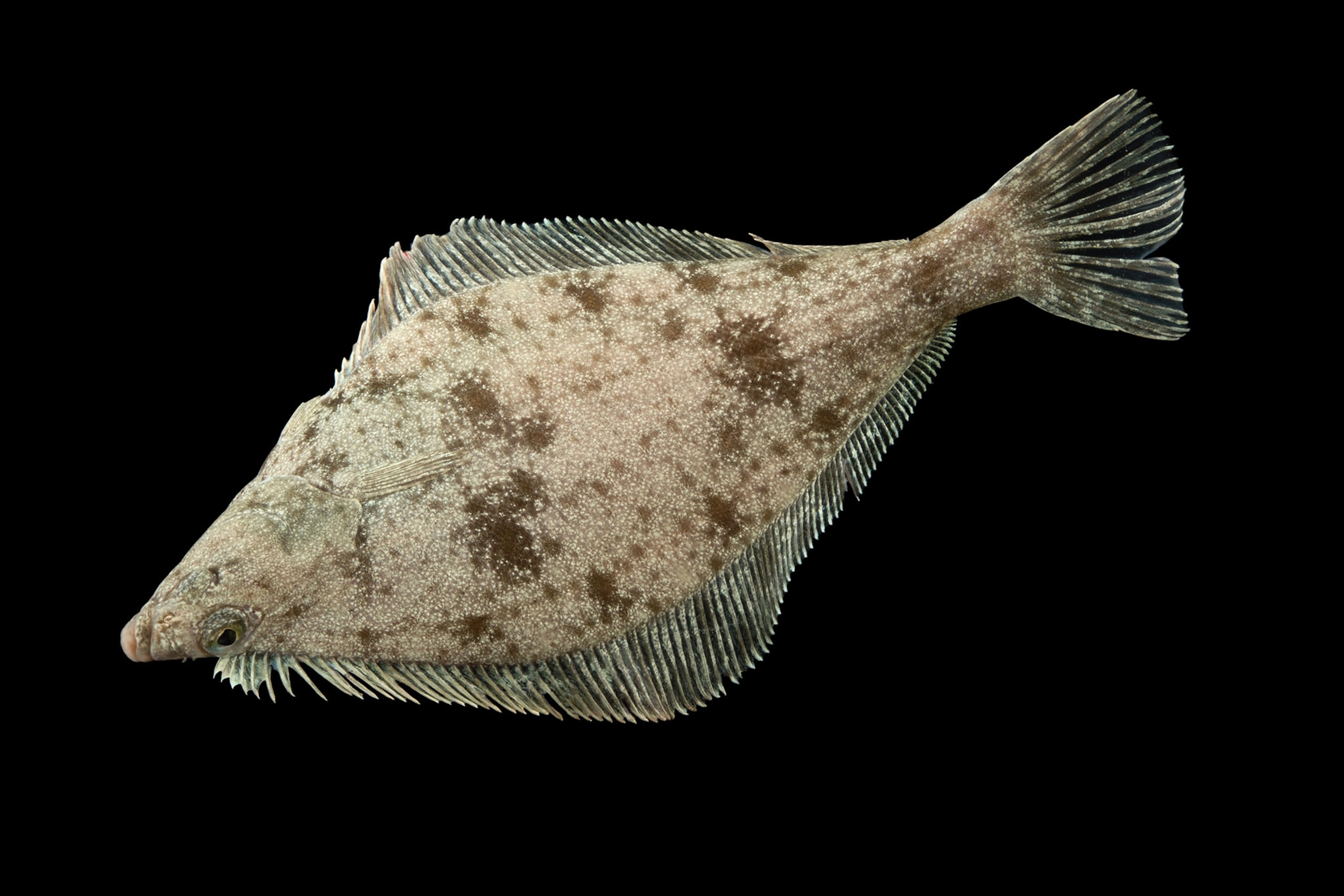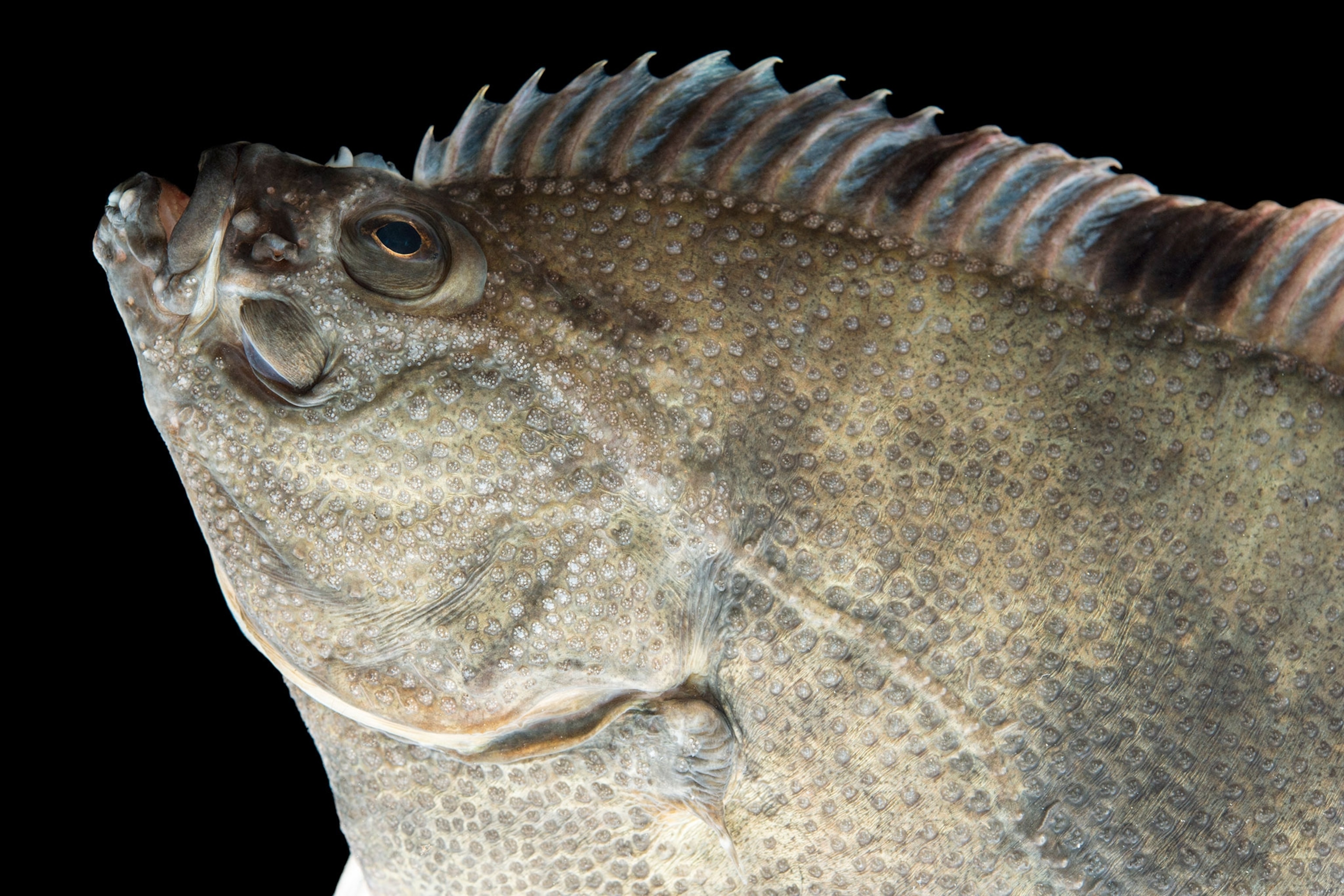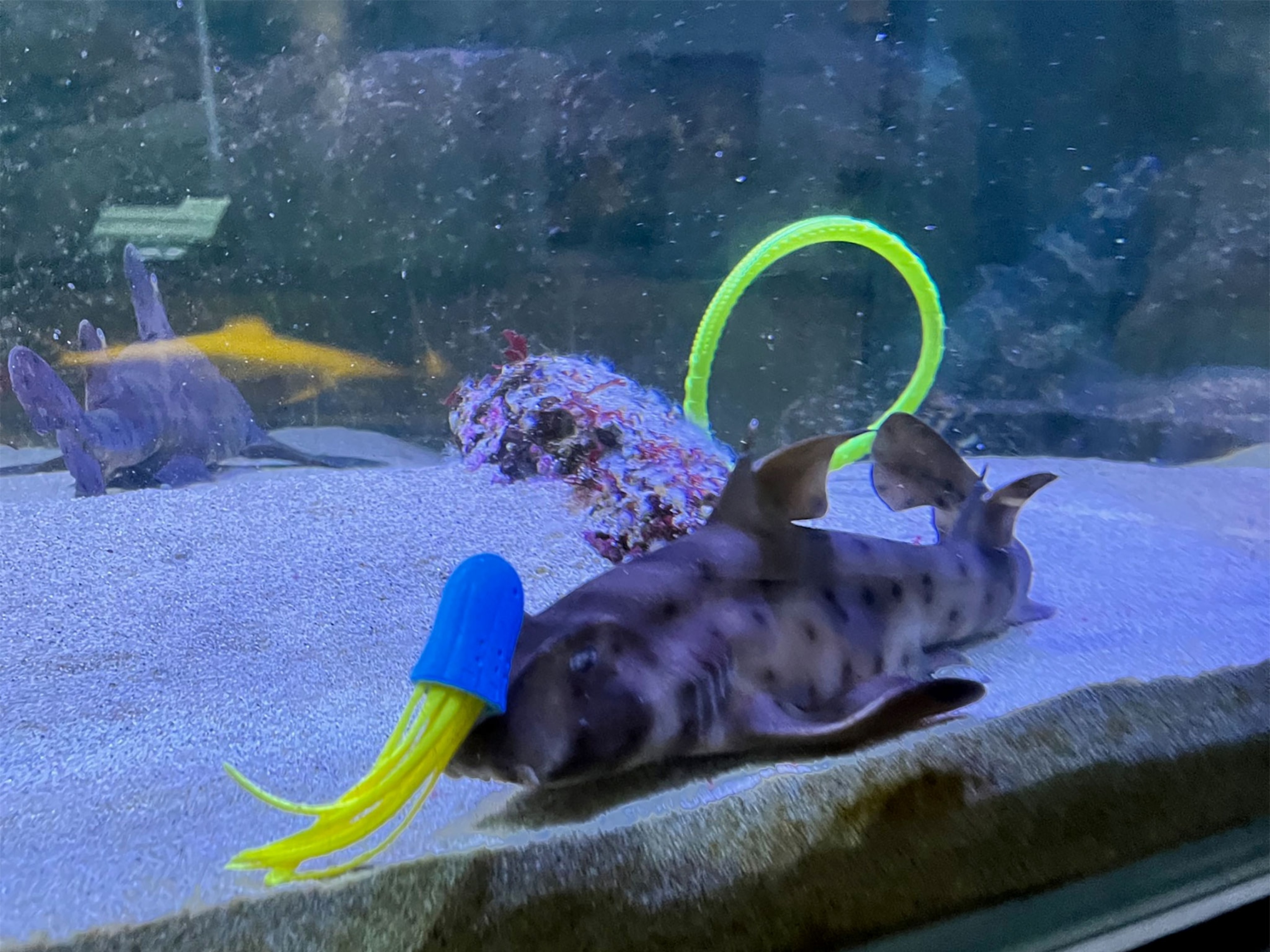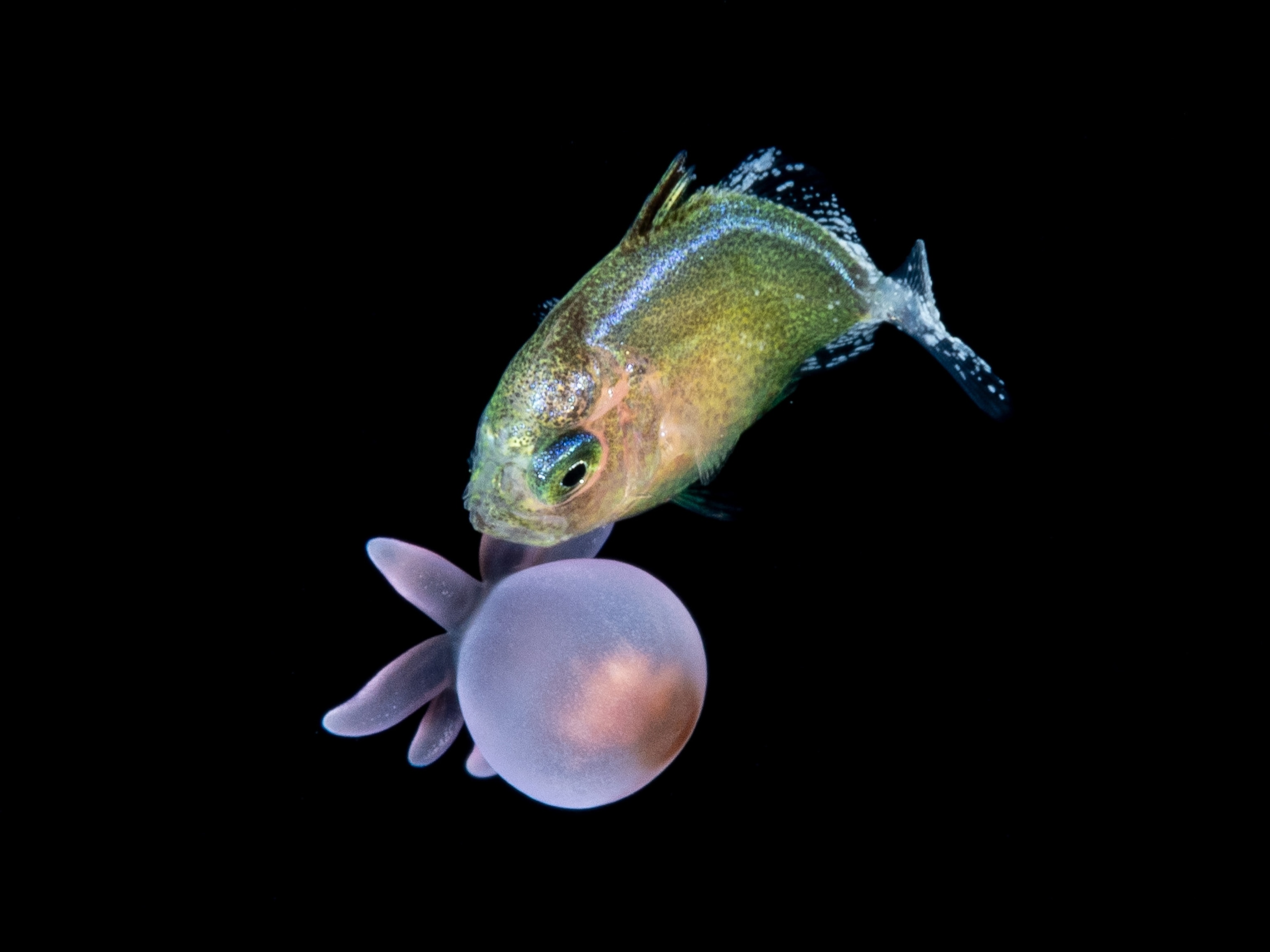These freaky fish use their fins to 'walk' across the seafloor
Flatfish, one of the “most asymmetrical organisms on Earth,” use their fins to move around the seafloor—similar to how millipedes walk.
A flatfish scuttles along the seafloor with no legs, yet it takes its cue from the world’s leggiest animal. New video analysis reveals that the creature’s unusual gait is strikingly similar to that of a millipede.
It’s one more weird fact about flatfish, which look like regular fish flipped on their sides and levelled with a rolling pin. The animals begin their lives looking like typical fish, but soon undergo a Picasso-esque metamorphosis. Bones and cartilage in the skull twist and shift, and one eye migrates across the head to join the other.
(A fish that walks on the seafloor has gone extinct. Can its cousins be saved?)
The changes make flatfish—a group that includes flounder, sole, and halibut—the “most asymmetrical organisms on Earth,” says Claire Fox, a doctoral student studying fish locomotion at Cornell University in Ithaca, New York. “Flatfishes are total freaks of nature.” (Related: How do flatfish see the ocean floor?)
These oddities are adaptations to life on the seafloor. The animals have long, finger-like fin rays sticking out from the edges of their flattened bodies that somewhat resemble the many legs of a millipede. To move forward, they simply bunch up a few of their fin rays to form a “fin-foot,” which they use as a contact point to push against the seafloor, Fox and her colleagues report this month in the journal Zoology.

This is very similar to how millipedes walk, sequentially lifting pairs of legs, creating a wave that travels backward along the body and pushes the critter forward. (Related: Meet the millipede with the most legs on Earth.)
Underwater Trekkers
The terminology here is important, says fish biomechanics expert Brooke Flammang at the New Jersey Institute of Technology. “Walking means that you are supporting your body weight,” she says, and that’s never truly the case underwater since buoyancy supports some of the creature’s weight.
While it may not technically count as walking, several types of fish—including sharks, rays, and lungfishes—often perform a walking-like motion when they’re submerged. Fins that normally propel them through the water double as limbs, allowing them to move along the seafloor in much the same way that four-legged animals walk on land.
On a flatfish’s sideways body, however, the fins that function as limbs in other “walking” species are no longer in the right position to support ground mobility. So, Fox wondered how these unconventional creatures managed to get around on the seafloor.
To find out, she filmed members of six flatfish species collected from Puget Sound as they maneuvered around the floor of a tank at the University of Washington’s Friday Harbor Laboratories. Surprisingly, the pulse that rippled through their fin rays as they moved emulated the locomotion of millipedes.

Making Waves
The idea that flatfishes and millipedes have stumbled upon the same method of moving is intriguing, Flammang says. “There seem to be locomotive benefits to being able to lift your body off the ground and to move without dragging your body along, whether underwater or on land,” she says.
“A lot of organisms with very different morphologies have converged on this behavior, and that’s where it becomes really cool to compare how they’re doing it.”





